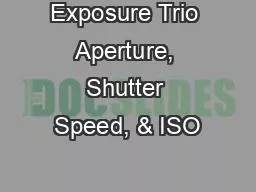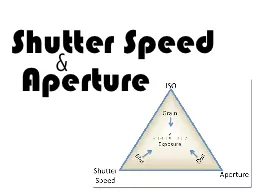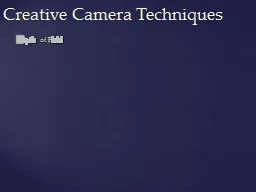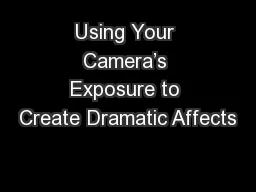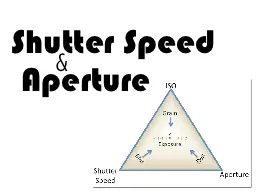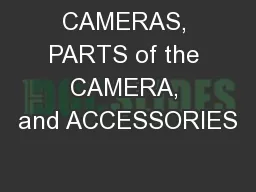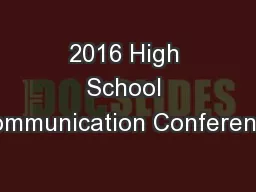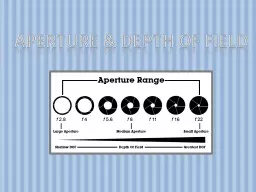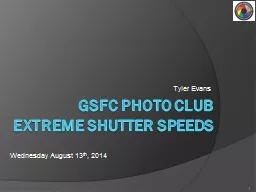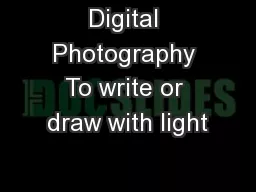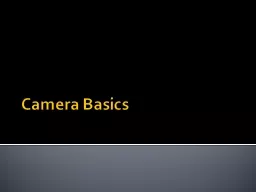PPT-Exposure Trio Aperture, Shutter Speed, & ISO
Author : ventuilog | Published Date : 2020-06-22
What is Exposure The amount of light and act of light falling onto a photosensitive material either the SD card or film How Do You Control Exposure There are three
Presentation Embed Code
Download Presentation
Download Presentation The PPT/PDF document "Exposure Trio Aperture, Shutter Speed, &..." is the property of its rightful owner. Permission is granted to download and print the materials on this website for personal, non-commercial use only, and to display it on your personal computer provided you do not modify the materials and that you retain all copyright notices contained in the materials. By downloading content from our website, you accept the terms of this agreement.
Exposure Trio Aperture, Shutter Speed, & ISO: Transcript
Download Rules Of Document
"Exposure Trio Aperture, Shutter Speed, & ISO"The content belongs to its owner. You may download and print it for personal use, without modification, and keep all copyright notices. By downloading, you agree to these terms.
Related Documents

